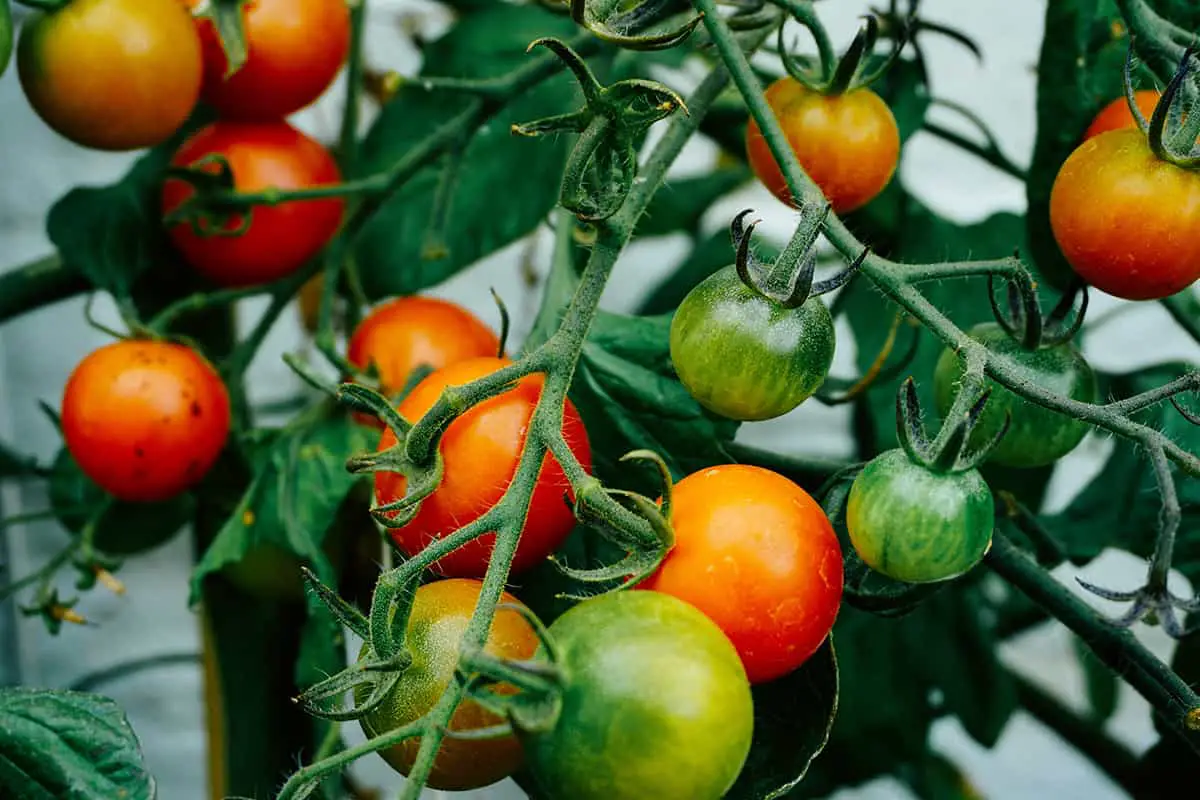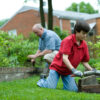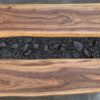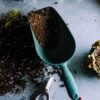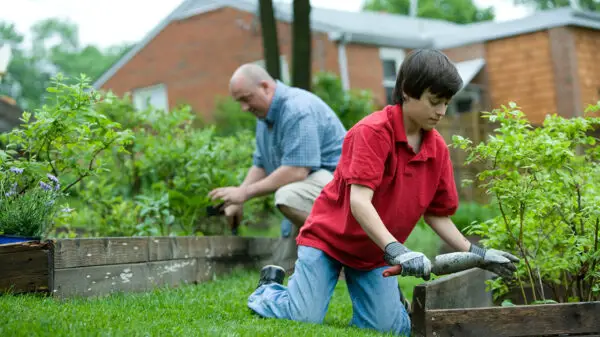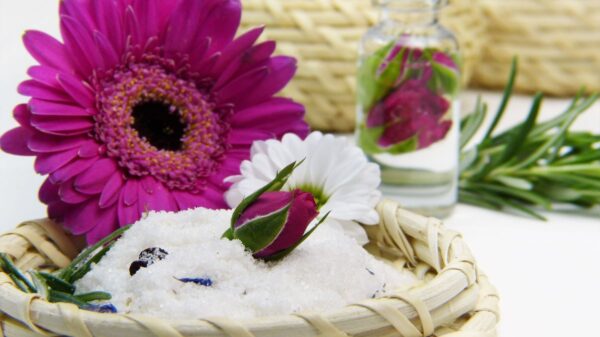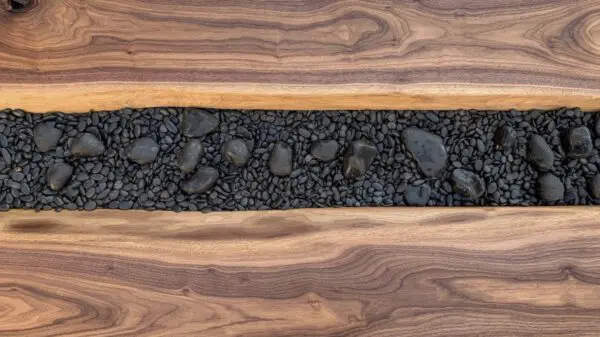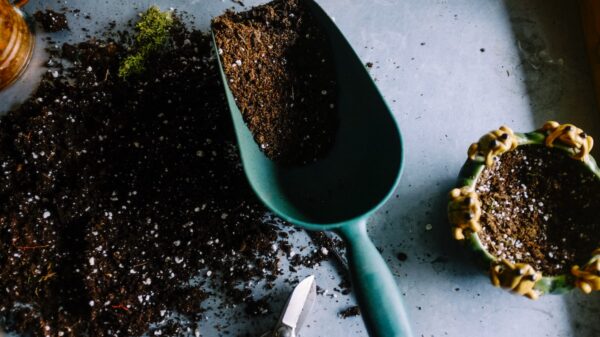The Easiest Vegetables for Your Yard
When it comes to gardening, there are a few things to consider: the type of plant, the climate, and your experience level. Not all vegetables are easy to grow, but some are easier than others. If you’re just starting in gardening, or if you want to plant some vegetables in your yard but you’re not sure where to start, then read on for a list of the easiest vegetables to plant.
So, what are the easiest vegetables to grow in a yard? Some of the easiest vegetables to grow are leafy greens like lettuce and spinach. They don’t require a lot of sunlight or water, and they’re resistant to pests. Another easy vegetable to grow is broccoli.
It grows well in cooler climates, and it doesn’t take up a lot of space. If you’re looking for something a little bit more challenging to grow but still relatively easy, then try tomatoes or cucumbers. They need a lot of sunlight and water, but they’re worth the effort because they’re so delicious.
No matter what vegetables you choose to plant, make sure you know your climate and soil type. Different plants grow better in different climates, and some vegetables require nutrient-rich soil while others can tolerate poorer soil conditions.
Do your research ahead of time so you can plant the right vegetables in the right place.
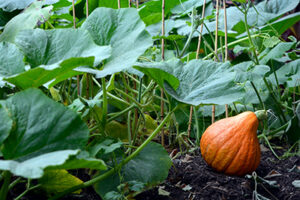
Plant Vegetables, Where?!
In the spring, it is always a good idea to plant vegetables in your backyard. Many people do not have a yard, however, and so they often wonder what are the easiest vegetables to grow in a yard.
Many different vegetables can be easily grown in a backyard or even a balcony container garden. Here’s a look at some of the best vegetables for beginners.
Leeks
Leeks can take up lots of real estate, but if you have the land and patience, leeks are one of the easier garden plants to grow on your own.
Begin by planting seedlings about six inches apart. Keep the bed moist, but avoid overwatering as this will lead to rot. Harvest them when they’re about two feet tall. You can eat them raw or cooked.
Radishes
Radishes are another simple vegetable to plant in your yard. Plant seeds about 1/2 inch deep and one inch apart, keeping the soil moist but not soggy.
Harvest radishes when they’re about two inches in diameter, which will take about three weeks. They are good eaten raw or tossed into a salad or sandwich for extra flavor.
Peas
If you are looking for easy vegetables to grow, peas are definitely at the front of the list! Plant them after all danger of frost has passed, placing them one inch deep and three feet apart.
Again, keep the soil moist but avoid overwatering as this leads to root rot. Peas are best eaten when young before the seeds have formed.
Beets
Beets are one of the easiest vegetables to grow in your yard because they can be harvested at just about any size – including their leaves! Plant them about 1/2 inch deep and 4 inches apart.
They like moist but not soggy soil. Harvest when they’re small for tender greens or wait until they mature for larger roots. The beet greens are very high in vitamin A while the root is high in potassium, iron, calcium, and fiber. Both can be eaten raw or cooked.
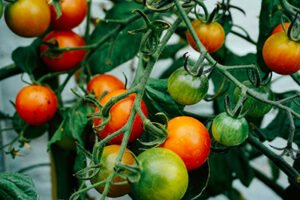
Bean Sprouts
If you want something that grows quickly you might consider growing bean sprouts. You can easily make your own sprouting jar out of a two-liter soda bottle or purchase a sprouting jar at the store.
Simply chew up about a half cup of beans and put them in your sprouting jar with water overnight, drain off the water and repeat the process until the sprouts are ready to eat (usually after two days).
Bean sprouts can be eaten raw on sandwiches, salads, etc. They also make nice garnishes for soups or stir-fries.
Tomatoes
Tomatoes are another popular garden vegetable that is easy for beginner gardeners to grow in containers on balconies or patios. Plant seedlings about 18 inches apart across your container, keeping it well-drained but not soggy.
Make sure to pinch off any flowers that form before they bloom because this will help divert the plant’s energy to producing fruits instead of flowers. Tomatoes are ready when they turn red – either vine-ripened or picked early if you prefer them lighter in color.
Peppers
There are many types of peppers, all of which can be grown in your backyard or container garden. Plant them after all danger of frost has passed and place them 4 inches apart in moist but well-drained soil.
Keep the soil just moist enough, avoiding overwatering though keeping it humidity-free is also important for pepper plants. As with tomatoes, let the peppers ripen before harvesting.
Top Vegetables to Grow in Your Yard
Leeks, radishes, peas, and beet greens are some of the easiest vegetables to grow in a yard.
When thinking about growing vegetables, most people picture themselves in a large field with rows upon rows of perfectly groomed plants. This is because the majority are grown commercially, where machines are used to plant, maintain and harvest the crops.
However, not everyone has the resources or skills to grow their food this way. For those who want to give it a shot but aren’t sure how some options are much easier than others.
One thing that can make growing vegetables difficult is harsh weather conditions. If it’s too cold or wet at certain times of the year, your crop may fail before you even get started.
Fortunately, several vegetables will do well in partial shade as well as areas exposed to full sun. Some examples are tomatoes, lettuce, and radishes. These plants like cool weather but still appreciate having at least 6 hours of sun every day.
Where to Grow Vegetables
Another factor is size; if you live in an apartment or don’t own much land, growing large fields of vegetables isn’t feasible. Fortunately, most vegetables can be grown in containers on a patio or balcony which is not only easier but also cuts down on the space needed for planting.
For even more room-saving options, hanging baskets or wall planters allow plants to hang down from above so they don’t take up any floor space at all.
And when it comes to problems with diseases and pests, again container-grown plants aren’t as susceptible because you can always move them to a new location if something starts to go wrong. This isn’t possible in an open field.
Of course, that doesn’t mean you should just jump in and start planting without any preparation or knowledge. There are still factors such as fertility and pH levels to consider.
For information on what to do before starting your veggies and how much work they’ll need, keep reading for more tips and tricks!
How to Start Your Vegetable Garden
Growing your vegetables is something that can be extremely satisfying and rewarding, but it’s not easy to start doing it on your own if you don’t know where to begin!
Before you go out and dig up some holes in the ground for planting, there are several things you should know about first so that your efforts aren’t wasted. So without further ado here are 3 tips for beginners on how to grow vegetables.
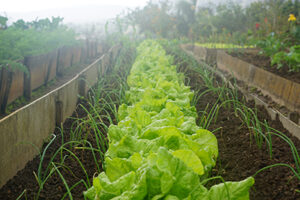
Sunlight
The first thing you need to do is decide where you’re going to plant, with most people opting for an area of their yard that gets at least 6 hours of sunlight every day.
While this isn’t always possible depending on your location or the way your house is oriented if you can meet this requirement it will make life much easier for you.
Vegetables like tomatoes and carrots need lots of sunlight to produce well so having them in a shaded area is asking for trouble!
Before making any holes though, two more things should be taken into account; these are known as fertilization and pH levels.
Fertilization
There are several different types of fertilizer available on the market, so it’s important to know which one you need before buying or using any. For instance, some will be suitable for acid-loving plants while others are meant for alkaline soils.
Soil testing kits are available at garden centers and can usually give a good idea of what kind of fertilizer is needed but feel free to ask an experienced staff member if you’re unsure about anything.
pH levels
Another factor that will affect how well your food grows is called pH level, which measures how acidic or alkaline the soil is.
Most vegetables grow best in slightly acidic soil with a pH of 6-7, while still being able to tolerate both lower and higher levels depending on the specific plant species. If your measurements show
In Conclusion
With a little bit of preparation and some basic knowledge, you can easily start growing your vegetables right in your backyard. So get out there and get planting! Happy gardening!


